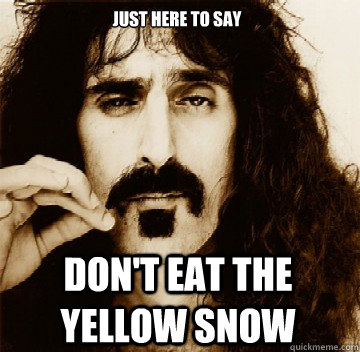Bud
Senior Member
- Joined
- Aug 11, 2017
- Messages
- 374
- Location
- United States
- Vessel Name
- Izzy Rose
- Vessel Make
- Grand Banks 49
Bud the statistics and experience say exactly the opposite. Simply put your statement is untrue.
When voyaging we do everything we can without stressing the boat to maximize VMG. Speed means:
Shorter passage. Less time exposed to potential weather. Less time for injury or illness to occur. Less time for food or water to run out.
Speed means:
More ability to avoid weather. Shorter interval to get help if outside help is needed. Less likely that mission fatigue will set in leading to human errors. Less likely that human interactions will deteriorate causing human errors or degraded performance.
The business of hitting lost containers or other debris is way overblown. In both sail and power with the boats you’re talking about it would make little or no difference in outcome if you struck something. And the the likelihood of that occurring is most remote.
I disagree, and my opinion comes from my experience. Statistics can say whatever you want them to say just ask a statistician. I spent a good part of my life in the Gulf of Maine and the seas did not allow much speed safely most of the year in our class of vessel. Just plain commen sense tells me to go slower in higher risk enviroments. My wife and I went on a ride on a MTI catamaran recently with a freind and we reached 108 MPH in a 1.5ft chop. It was stimulating., but it definetly was not as safe as or glacier bay catamaran or our trawler. In am reminded of the tortoise who was the winner of the race with the hare.
Bud


